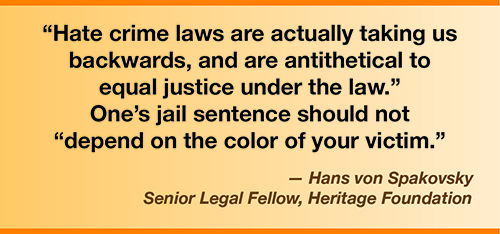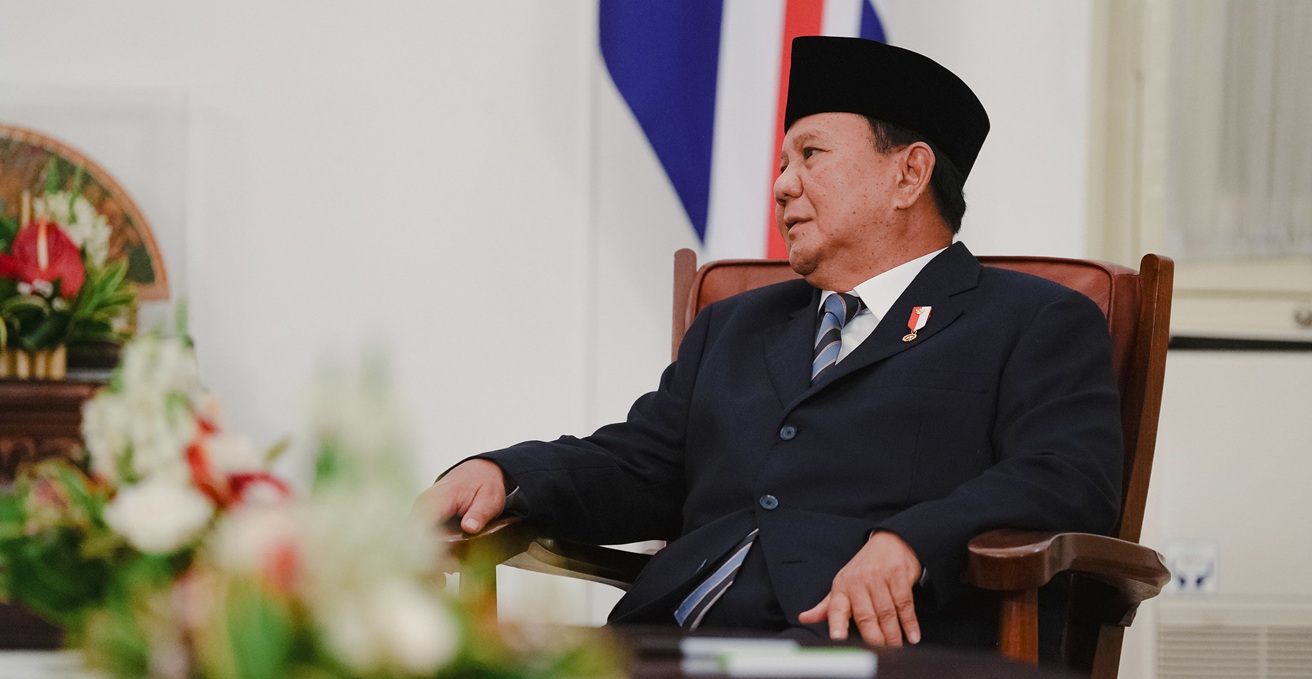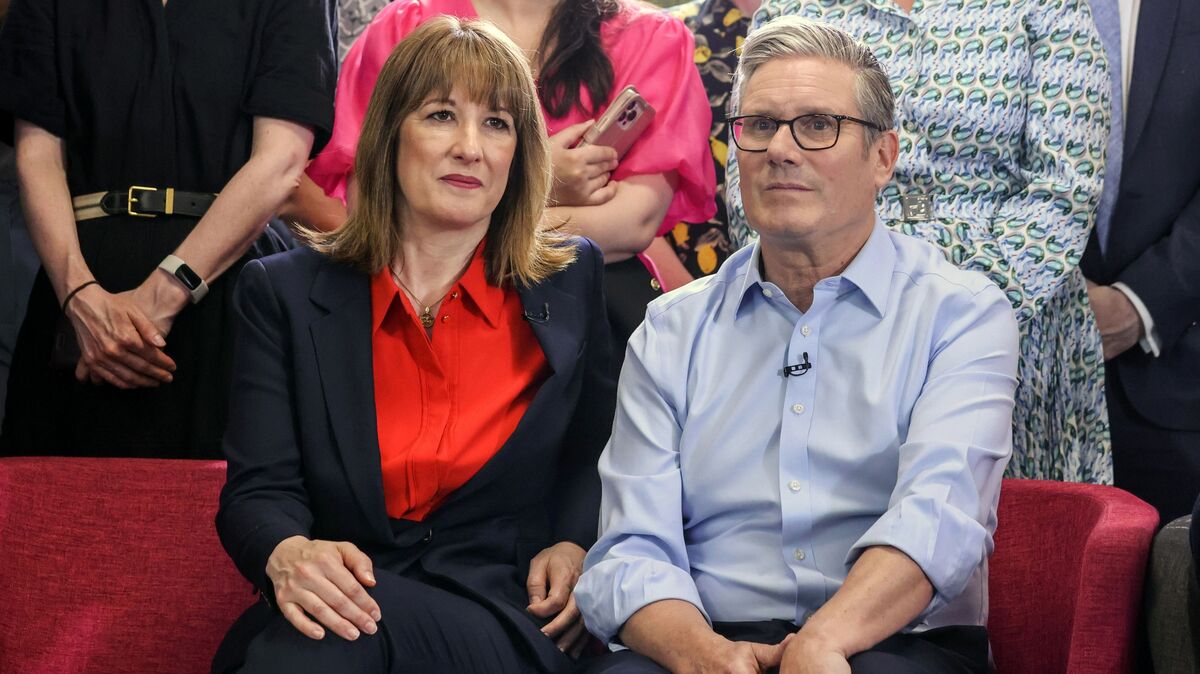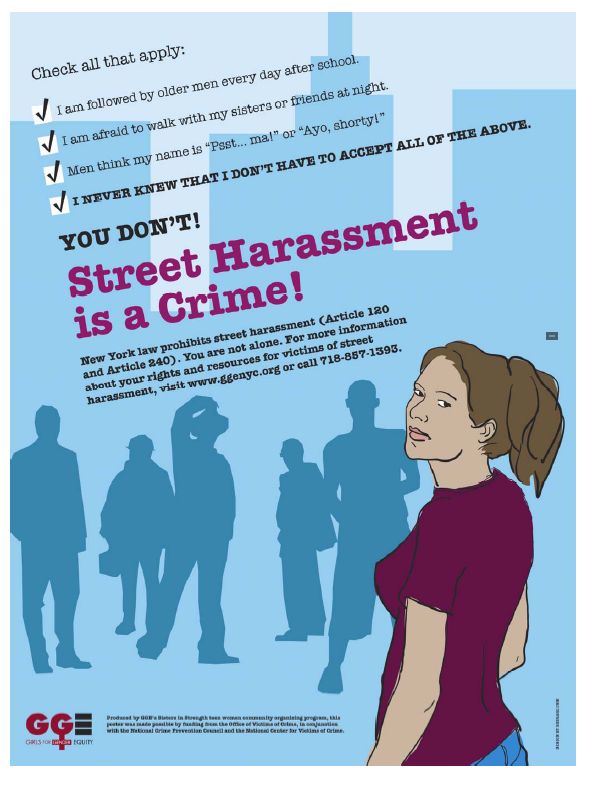Global Gender Parity Progress Report 2025
Overview of Gender Parity Progress
According to the World Economic Forum’s (WEF) Gender Gap Report 2025, achieving full gender parity worldwide is projected to take 123 years. Despite ongoing efforts since the report’s inception in 2006, progress remains slow when analyzing a consistent set of 100 economies over this period.
Scope and Methodology
The 2025 edition expanded its analysis to include 148 countries. An index was developed to score and rank these countries based on their levels of gender equality, where 100% represents full parity. The latest findings indicate that globally, 68.8% of the gender gap has been closed, reflecting a modest improvement of 0.3 percentage points compared to the 2024 edition. This calculation is based on a constant set of 145 economies included in both years.
Detailed Analysis of Gender Gap Subindexes
The global average conceals significant disparities across different subindexes and their components:
- Educational Attainment: Expected to reach parity in 17 years.
- Economic Participation: Projected to take 135 years to close the gap.
- Political Empowerment: Estimated 162 years to achieve gender parity.
These projections are based on population-weighted averages from the 100 economies consistently featured in the index from 2006 to 2025.
Country-Level Variations
Significant variation exists among countries, particularly in economic participation and political empowerment:
- Lowest Ranked Countries in Economic Participation:
- Sudan (31.3%)
- Pakistan (34.7%)
- Islamic Republic of Iran (34.9%)
- Egypt (40.6%)
- India (40.7%)
- Highest Ranked Countries in Economic Participation:
- Botswana (87.3%)
- Liberia (86.5%)
- Eswatini (85.6%)
- Republic of Moldova (85.3%)
- Barbados (84.8%)
- Political Empowerment Subindex Range: From 0.6% in Vanuatu to 95.4% in Iceland.
- Countries Closing More Than Half of the Political Empowerment Gap:
- Iceland
- Finland
- Bangladesh
- Norway
- United Kingdom
- Nicaragua
- New Zealand
- Germany
Emphasis on Sustainable Development Goals (SDGs)
SDG 5: Gender Equality
This report directly relates to SDG 5: Achieve gender equality and empower all women and girls. The slow pace of closing the gender gap highlights the urgent need for intensified global efforts to promote equal opportunities in education, economic participation, and political empowerment.
SDG 4: Quality Education
The relatively faster progress in educational attainment parity aligns with SDG 4: Ensure inclusive and equitable quality education and promote lifelong learning opportunities for all. Continued investment in education is critical to sustaining and accelerating this progress.
SDG 8: Decent Work and Economic Growth
The significant delay in closing the economic participation gap underscores challenges related to SDG 8: Promote sustained, inclusive and sustainable economic growth, full and productive employment and decent work for all. Policies fostering women’s economic inclusion are essential to meet this goal.
SDG 16: Peace, Justice and Strong Institutions
The political empowerment gap reflects issues pertinent to SDG 16: Promote peaceful and inclusive societies for sustainable development, provide access to justice for all and build effective, accountable and inclusive institutions at all levels. Enhancing women’s representation in political decision-making is vital for inclusive governance.
Conclusion
The World Economic Forum’s Gender Gap Report 2025 reveals that while progress towards gender parity is ongoing, significant disparities remain across education, economic participation, and political empowerment. Achieving the Sustainable Development Goals related to gender equality requires accelerated, targeted actions globally to close these gaps and foster inclusive development.
Reference
For detailed statistics and further information, please refer to the original report and infographic available at: Statista – Share of the Gender Gap Closed.
1. Sustainable Development Goals (SDGs) Addressed or Connected
-
SDG 5: Gender Equality
- The article focuses on global gender parity, highlighting disparities in educational attainment, economic participation, and political empowerment between genders.
- It discusses the time required to close gender gaps globally and variations across countries, directly relating to the goal of achieving gender equality and empowering all women and girls.
-
SDG 4: Quality Education
- The article mentions equal educational attainment as one of the subindexes measured, indicating relevance to ensuring inclusive and equitable quality education.
-
SDG 8: Decent Work and Economic Growth
- The economic participation subindex and the gender gap in economic opportunities relate to promoting sustained, inclusive economic growth and full and productive employment.
-
SDG 16: Peace, Justice and Strong Institutions
- The political empowerment subindex, measuring gender parity in political participation and leadership, connects to inclusive decision-making and strong institutions.
2. Specific Targets Under Those SDGs Identified
-
SDG 5: Gender Equality
- Target 5.1: End all forms of discrimination against all women and girls everywhere.
- Target 5.5: Ensure women’s full and effective participation and equal opportunities for leadership at all levels of decision-making in political, economic, and public life.
-
SDG 4: Quality Education
- Target 4.5: Eliminate gender disparities in education and ensure equal access to all levels of education and vocational training for vulnerable groups.
-
SDG 8: Decent Work and Economic Growth
- Target 8.5: Achieve full and productive employment and decent work for all women and men, including equal pay for work of equal value.
-
SDG 16: Peace, Justice and Strong Institutions
- Target 16.7: Ensure responsive, inclusive, participatory and representative decision-making at all levels.
3. Indicators Mentioned or Implied to Measure Progress
-
Gender Gap Index Scores
- The article references an index scoring and ranking countries on gender equality, with 100% representing full parity. This index is a composite measure that includes subindexes for education, economic participation, and political empowerment.
-
Subindexes and Components
- Educational Attainment Gap: Implied indicator measuring years to reach equal educational attainment.
- Economic Participation Gap: Percentage scores for countries on economic participation, e.g., Sudan (31.3%), Pakistan (34.7%), etc.
- Political Empowerment Gap: Scores ranging from 0.6% (Vanuatu) to 95.4% (Iceland), indicating political gender parity progress.
-
Time to Parity Estimates
- Years estimated to reach parity in education (17 years), economic participation (135 years), and political empowerment (162 years) serve as progress indicators.
4. Table of SDGs, Targets, and Indicators
| SDGs | Targets | Indicators |
|---|---|---|
| SDG 5: Gender Equality |
|
|
| SDG 4: Quality Education |
|
|
| SDG 8: Decent Work and Economic Growth |
|
|
| SDG 16: Peace, Justice and Strong Institutions |
|
|
Source: statista.com







